Best Seasons for Lawn Dethatching
Lawn dethatching is most effective when performed during the peak growing season, typically in late spring or early fall. This timing allows the grass to recover quickly and promotes healthy growth. Dethatching during periods of active growth ensures that the grass can heal and fill in any bare patches effectively.
Late spring and early fall are ideal for dethatching, as grass is actively growing and can recover swiftly.
A thick layer of thatch over 0.5 inches indicates the need for dethatching to improve air, water, and nutrient penetration.
Dethatching during hot, dry months can stress the lawn, so it is generally discouraged unless necessary.
Spring dethatching prepares the lawn for vigorous growth, making it easier to establish a lush, healthy turf.
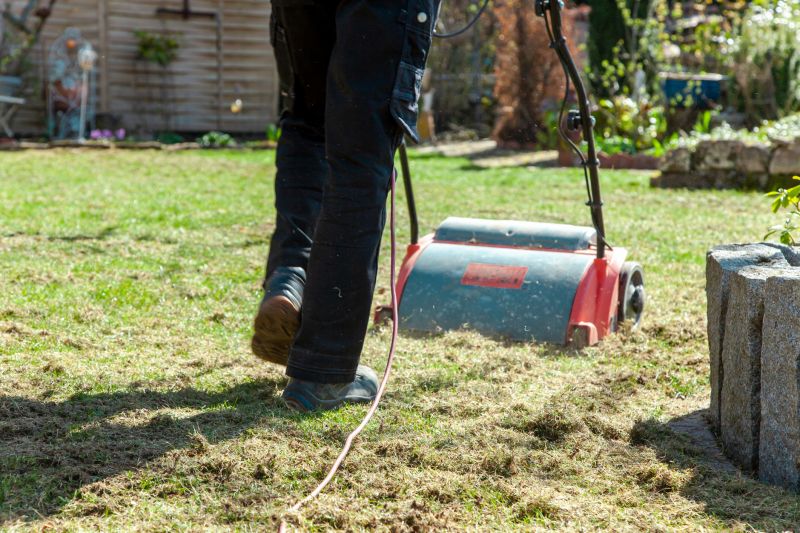
A dethatching rake removing built-up thatch from a healthy lawn.
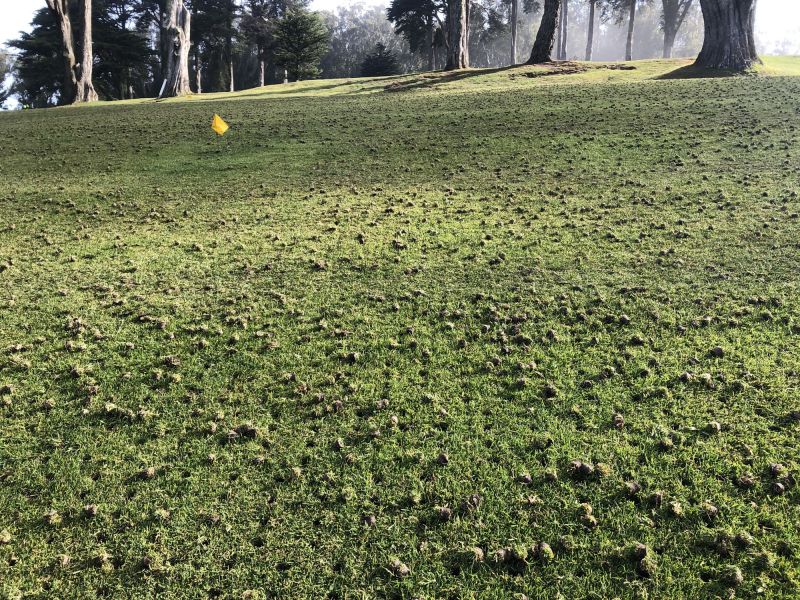
A lush, green lawn showing the positive effects of proper dethatching timing.
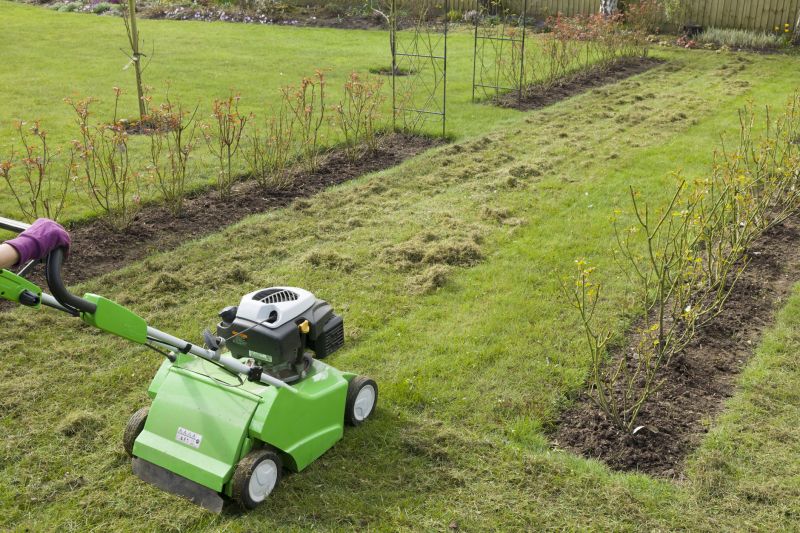
A professional performing dethatching during early spring to enhance turf growth.
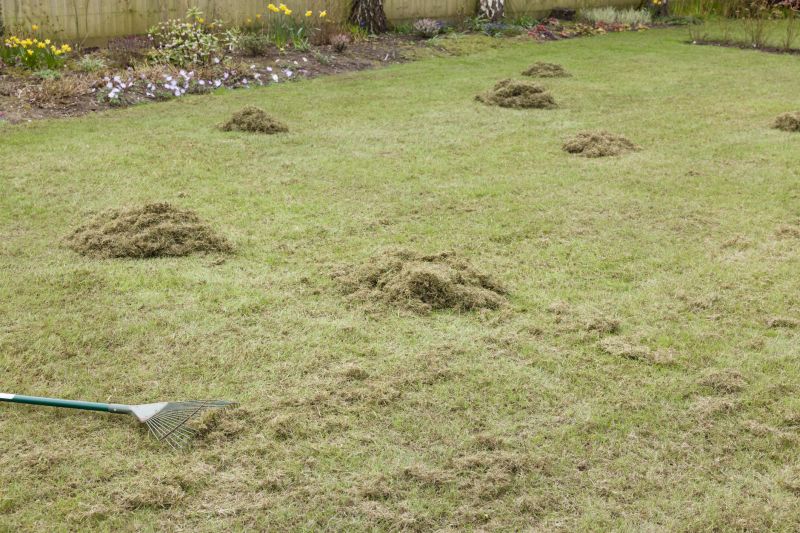
Ways to make Lawn Dethatchings work in tight or awkward layouts.
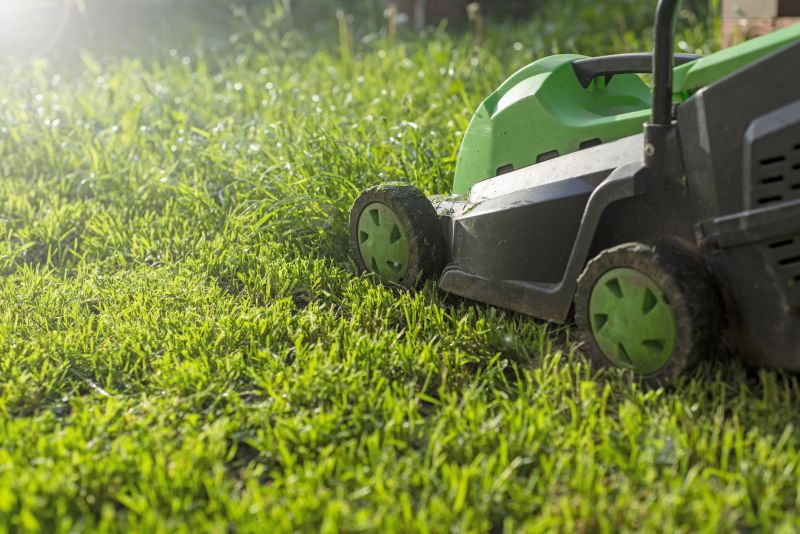
Popular materials for Lawn Dethatchings and why they hold up over time.
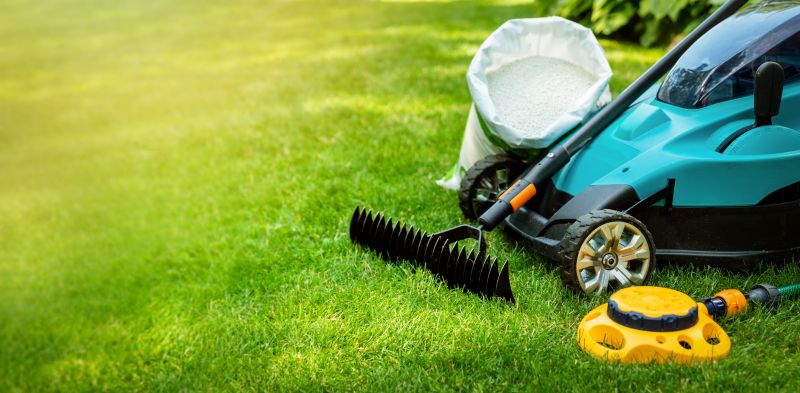
Simple add-ons that improve Lawn Dethatchings without blowing the budget.
| Season | Best Practices |
|---|---|
| Spring | Perform dethatching early to promote new growth and prepare for fertilization. |
| Summer | Avoid unless necessary; can stress the lawn during hot months. |
| Fall | Ideal for overseeding and preparing the lawn for winter. |
| Late Winter | Not recommended; grass is typically dormant. |
| Early Fall | Good for revitalizing the lawn before cooler weather. |
Lawn dethatching removes the layer of dead grass, roots, and debris that can accumulate between the soil and the grass canopy. Excessive thatch can prevent water, nutrients, and air from reaching the roots, leading to weakened turf and increased susceptibility to pests and diseases. Regular dethatching, when timed correctly, supports a healthier, more resilient lawn.
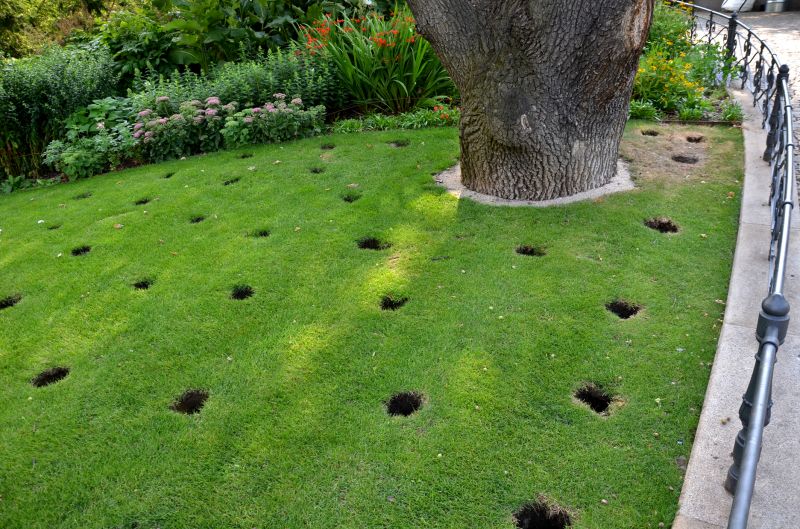
A cross-section showing thick thatch buildup over healthy soil.

A mechanical dethatcher used for large lawns.
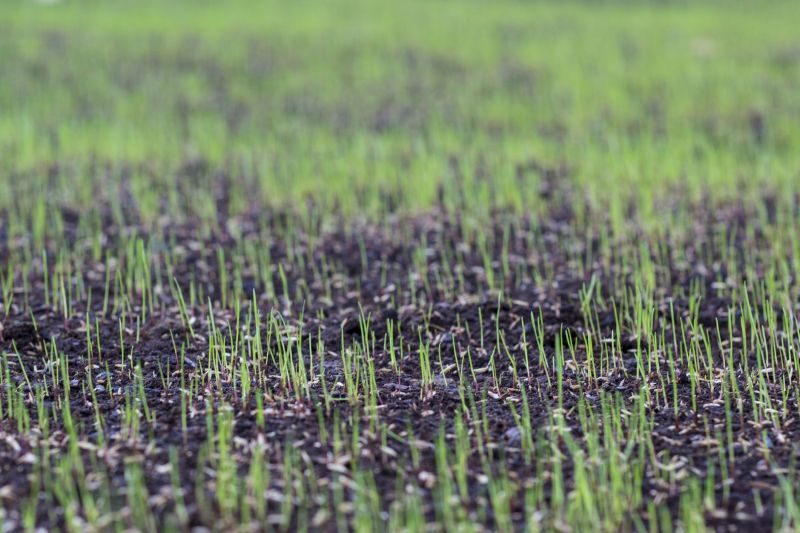
A freshly dethatched lawn ready for overseeding or fertilizing.

A professional using a dethatching rake during early spring.

High-end options that actually feel worth it for Lawn Dethatchings.

Finishes and colors that play nicely with Lawn Dethatchings.
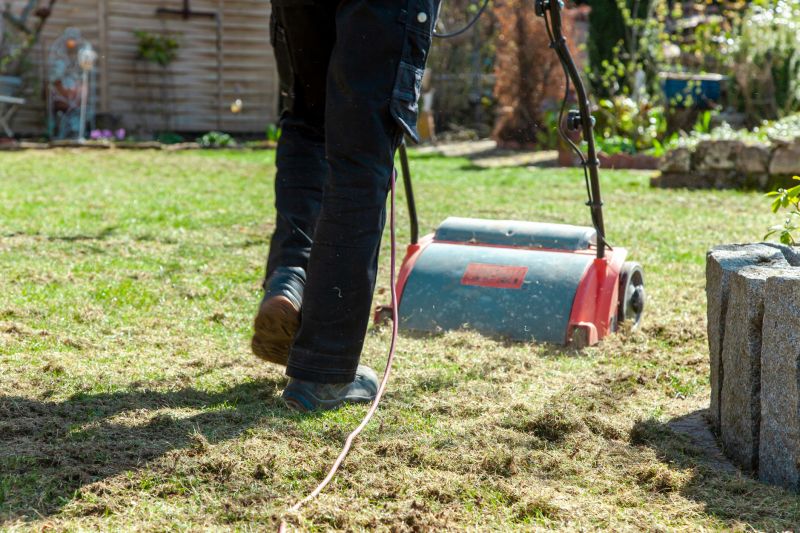
Little measurements that prevent headaches on Lawn Dethatchings day.
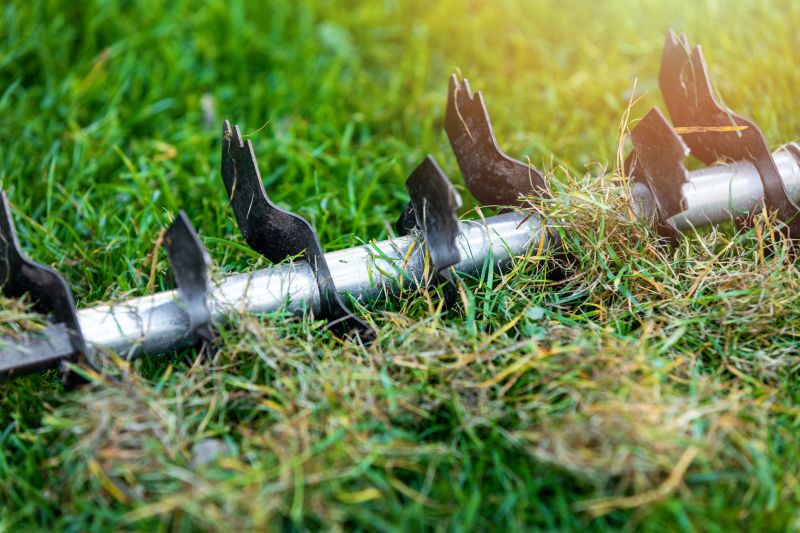
A 60-second routine that keeps Lawn Dethatchings looking new.
Understanding the optimal timing for lawn dethatching can significantly improve turf health and appearance. Proper timing ensures minimal stress on the grass and maximizes recovery. Consulting with lawn care professionals can help determine the best schedule based on local climate and lawn conditions.



